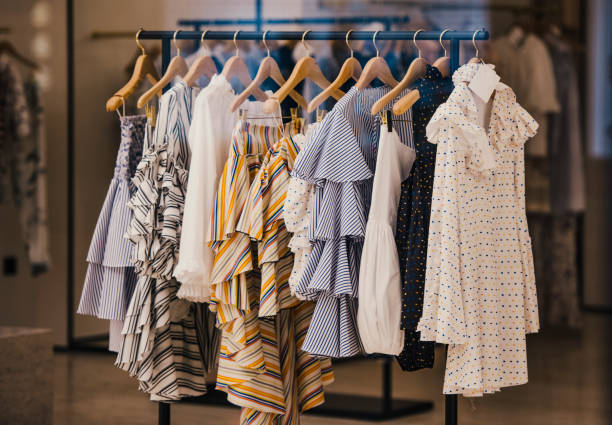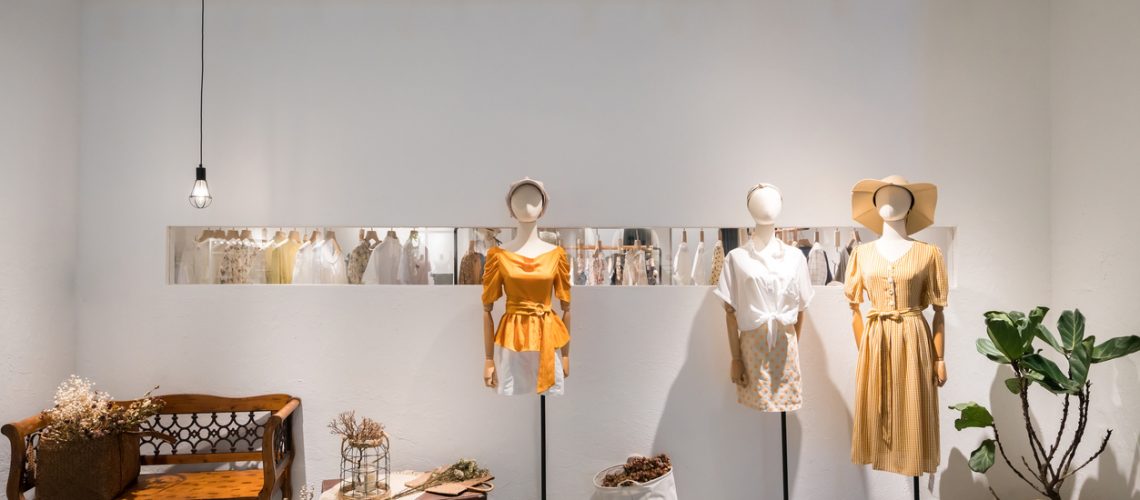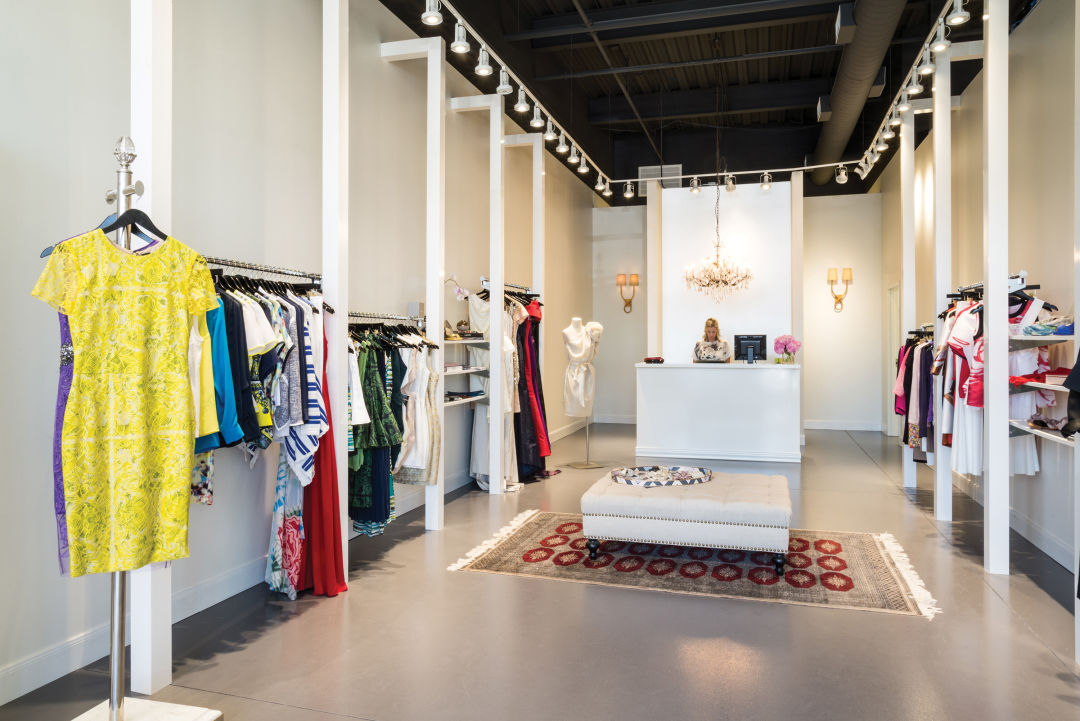A Deep Dive Into the Globe of High-Fashion Runways: Understanding Clothing as Art
High-fashion paths have actually become sectors where clothes transcends its utilitarian origins, advancing into an advanced kind of imaginative expression. Designers, much like masterful musicians, weave elaborate narratives via material, shade, and type, testing conventional norms and redefining appeal requirements. These programs are greater than mere display screens; they are immersive experiences, where every stitch and joint narrates rich with cultural significance and progressive development. As we explore these sartorial spectacles, we must contemplate: what role does style play in shaping social worths, and exactly how does it show the ever-changing tapestry of human emotion and identification?
The Advancement of Runway Reveals
The trajectory of runway programs has actually transformed dramatically over the decades, progressing from unique sector events to fascinating spectacles that blend fashion with art. Traditionally, path shows were intimate events, held in ateliers or tiny locations, largely gone to by purchasers and industry insiders. These very early presentations concentrated on the garments' workmanship and commercial feasibility, providing a functional and direct display screen of seasonal collections.
As the fashion business expanded, the nature of path shows began to alter. The 1970s and 1980s marked a turning point, with designers looking for to distinguish themselves with even more staged discussions. This period saw the surge of sophisticated collections, choreographed designs, and thematic narratives, declaring a new age where the path became an experiential platform. The shows transformed into a form of narration, where each collection conveyed a distinctive narrative or concept.
Over the last few years, innovation and social media have actually even more revolutionized path programs, making them easily accessible to a global audience. Livestreaming and digital systems have actually democratized style, allowing fanatics worldwide to witness these events in real-time (boutique fashion). This advancement mirrors a wider social shift, where high-fashion runways function as a dynamic intersection of efficiency, development, and style
Designers as Enthusiast Artists
Just how have developers transcended their roles to come to be visionary artists? Designers in the high-fashion industry have actually obscured the lines between functional garment production and the theoretical realm of art. This improvement is apparent in the way they approach their collections, not merely as garments however as profound expressions of society, identity, and feeling. By embracing imaginative disciplines such as sculpture, painting, and avant-garde setups, developers craft garments that challenge conventional style norms and boost them to art forms.
Visionary developers draw inspiration from a myriad of sources, consisting of abstract art, historic referrals, and individual stories. They possess an one-of-a-kind capacity to visualize and appear ideas that press the limits of conventional fashion, typically redefining visual standards at the same time. This imaginative ingenuity is showcased via remarkable shapes, innovative materials, and complex craftsmanship, which welcome audiences to experience fashion as greater than simply wearable items.
Moreover, the path works as a canvas for these artists, where illumination, songs, and established style coalesce to produce immersive experiences. These presentations are not just displays of clothes however are orchestrated performances that stimulate emotion and prompt thought, attesting the designer's function as a true musician in the modern social landscape.
Cultural Influences in Fashion
Social tapestry weaves its intricate patterns right into the material of style, affecting developers worldwide. The vibrant interchange of social stories, practices, and symbols educates and influences collections that grace high-fashion paths. Designers meticulously draw from their heritage or involve with cultures unique from their very own, crafting garments that function as visual stories. This cultural dialogue not just enhances the aesthetic variety yet also cultivates a much deeper understanding and gratitude of international identifications.
The influence of culture on fashion is usually seen in the reinterpretation of typical garments and patterns. As an example, making use of Japanese bathrobes, Indian saris, or African prints in read here modern fashion reflects a mix of cultural authenticity and contemporary looks. Designers such as Valentino's Pierpaolo Piccioli and Alexander McQueen's Sarah Burton have been recognized to integrate abundant social themes into their couture collections, equating background right into wearable art.

Innovation in Material and Design
Advancement in fabric and style constantly reshapes the landscape of high-fashion, pushing boundaries and redefining opportunities. Recently, technological improvements have actually significantly added to this advancement, presenting materials that test traditional understandings. Textiles ingrained with clever fibers, efficient in changing shade or managing temperature level, are no longer restricted to the realm of science fiction. Designers are significantly discovering the combination of modern technology, such as 3D printing, which permits for the production of complex frameworks that were formerly unimaginable.
The fashion sector is experiencing a rise in the usage of environmentally friendly materials, derived from recycled plastics, natural fibers, and even eco-friendly components. Designers are embracing these materials to craft garments that are both aware and visually striking of their ecological footprint.
In regards to layout, experimental forms and avant-garde shapes are constantly changing the runway. By integrating innovative techniques and unique products, designers cultivate garments that blur the line in between fashion and art, establishing brand-new requirements for creativity and expression in the high-fashion ball.
Impact of Fashion on Society
Style possesses an extensive influence on society, serving as both a reflection of cultural identity and a driver for social adjustment. With its evolution, style has actually mirrored social changes, encapsulating the zeitgeist of different periods. As an example, the flapper dresses of the 1920s symbolized a newly found sense of women's liberation, while the vibrant prints of the 1960s echoed the advanced spirit of the moment. High-fashion paths, specifically, work as platforms for challenging norms and redefining elegance criteria. Developers utilize these places to address pressing social concerns, from sustainability to diversity, thus shaping public discussion.
In addition, style has the power to bridge social gaps, cultivating understanding and gratitude among varied teams. As globalisation increases, the cross-cultural exchange of fashion concepts comes to be progressively substantial, advertising inclusivity and variety. The increase of streetwear, stemming from urban subcultures, illustrates how fashion can transcend socio-economic borders, providing people a method of self-expression and empowerment.
Fundamentally, style is not just about aesthetics; it is a dynamic pressure that affects values, perspectives, and societal progression (boutique fashion). By constantly interacting with social and cultural currents, style continues to be an essential part of the cumulative human experience

Verdict
Developers, comparable next page to visionary musicians, manage collections that reflect identification, feeling, and cultural narratives, testing conventional aesthetic appeals. This crossway of style and creativity not just astounds target markets globally but additionally influences social perceptions and promotes a much deeper gratitude for cultural diversity.

Cultural tapestry weaves its elaborate patterns right have a peek at these guys into the textile of style, affecting developers internationally.Fashion wields a profound impact on society, serving as both a representation of social identification and a driver for social adjustment.